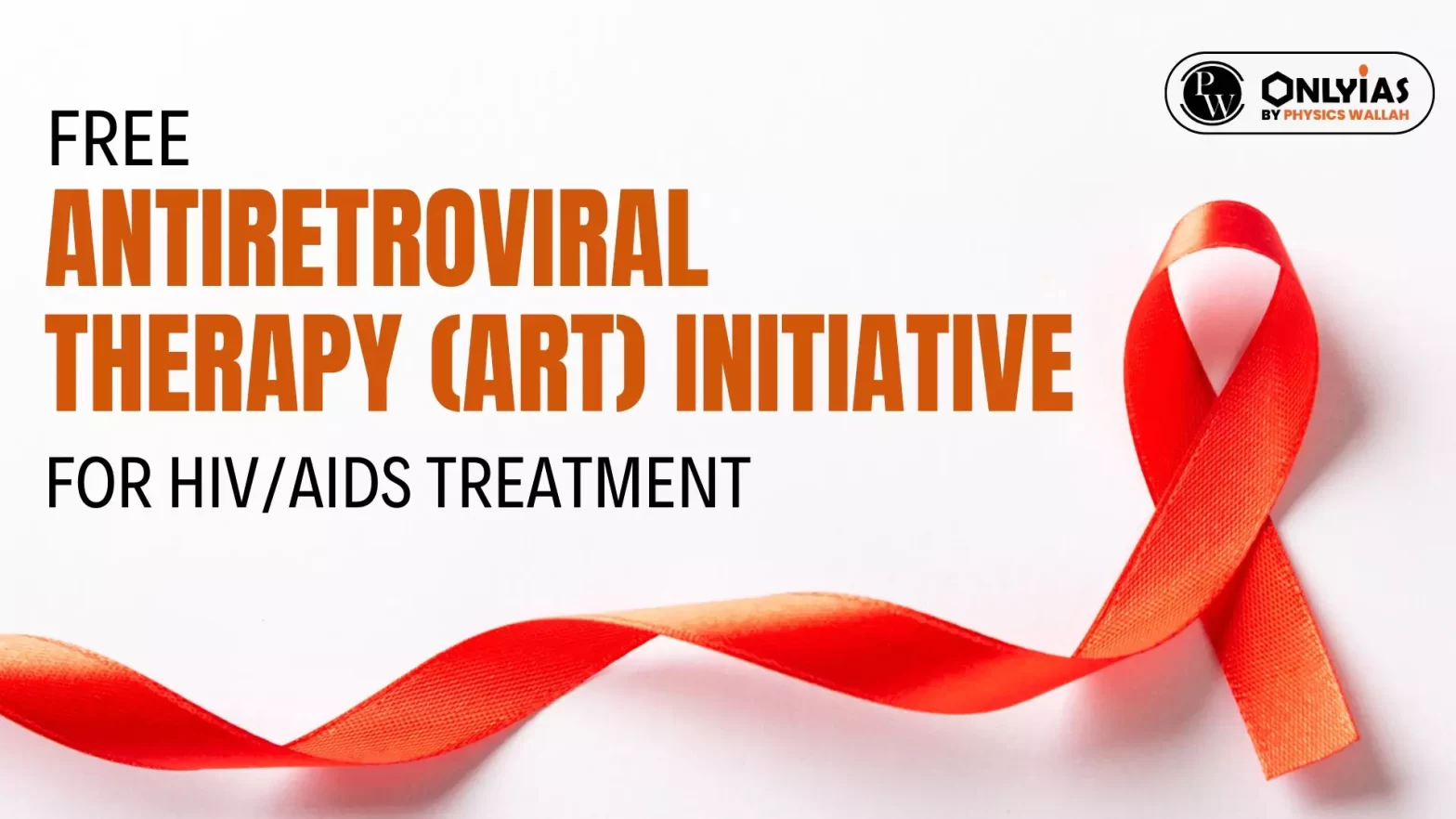
| Relevance for Prelims: DISEASES, HIV, AIDS, WHO, Antiretroviral Therapy (ART), and Growing HIV Drug Resistance To Dolutegravir.
Relevance for Mains: Challenges and suggestions in HIV/AIDS treatment in India |
|---|
Cocktail Therapy
|
|---|
| Prelims PYQ (2021):
Consider the following statements: 1. Adenoviruses have singlestranded DNA genomes whereas retroviruses have double-stranded DNA genomes. 2. Common cold is sometime caused by an adenovirus whereas AIDS is caused by a retrovirus. Which of the statements given above is/are correct? (a) 1 only (b) 2 only (c) Both 1 and 2 (d) Neither 1 nor 2 Ans: (b) |
|---|
| Must Read | |
| NCERT Notes For UPSC | UPSC Daily Current Affairs |
| UPSC Blogs | UPSC Daily Editorials |
| Daily Current Affairs Quiz | Daily Main Answer Writing |
| UPSC Mains Previous Year Papers | UPSC Test Series 2024 |
To get PDF version, Please click on "Print PDF" button.
SC Verdict on Newsclick Shows Adherence to Due Pro...
Stay Invested: On Chabahar and India-Iran Relation...
Credit Rating Agencies, Impact on India’s De...
Catapulting Indian Biopharma Industry
Globalisation Under Threat, US Import Tariffs Have...
Global Report on Hypertension, Global Insights and...
<div class="new-fform">
</div>
